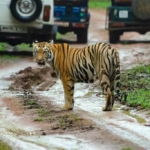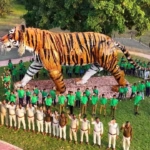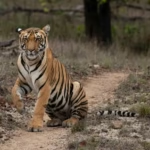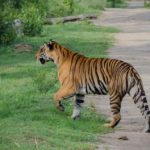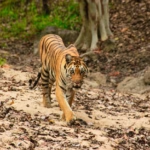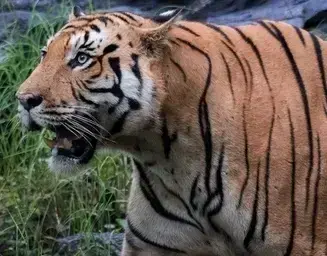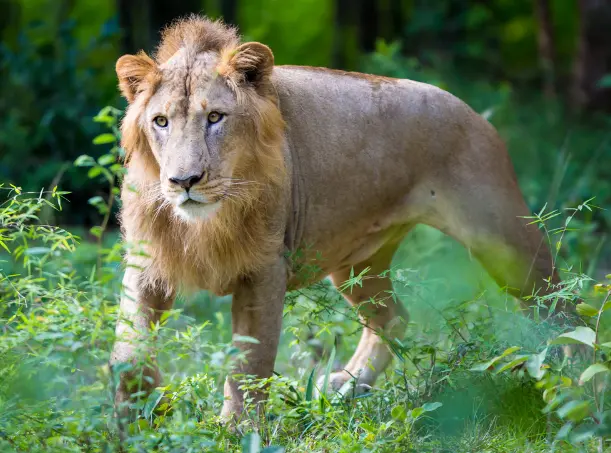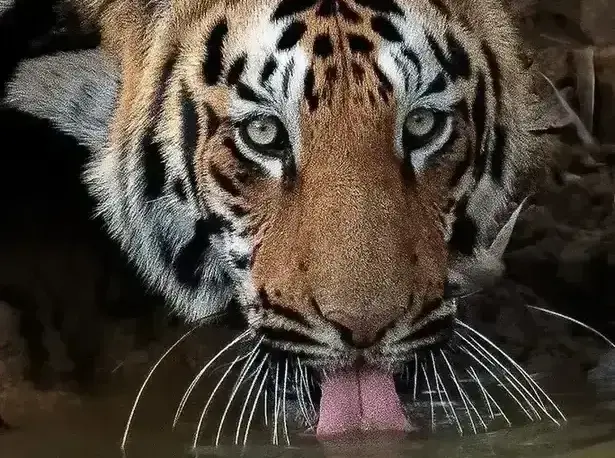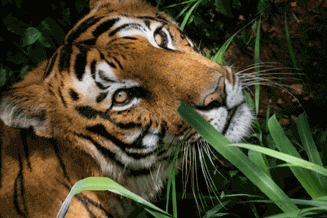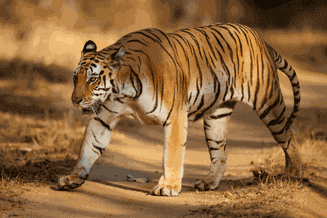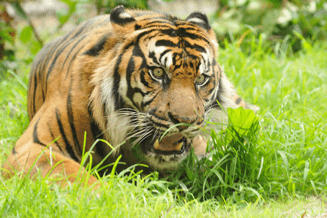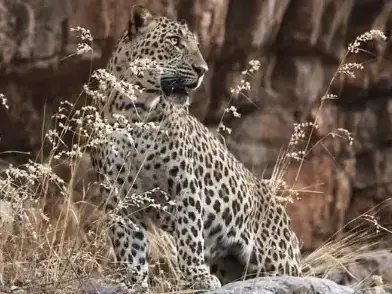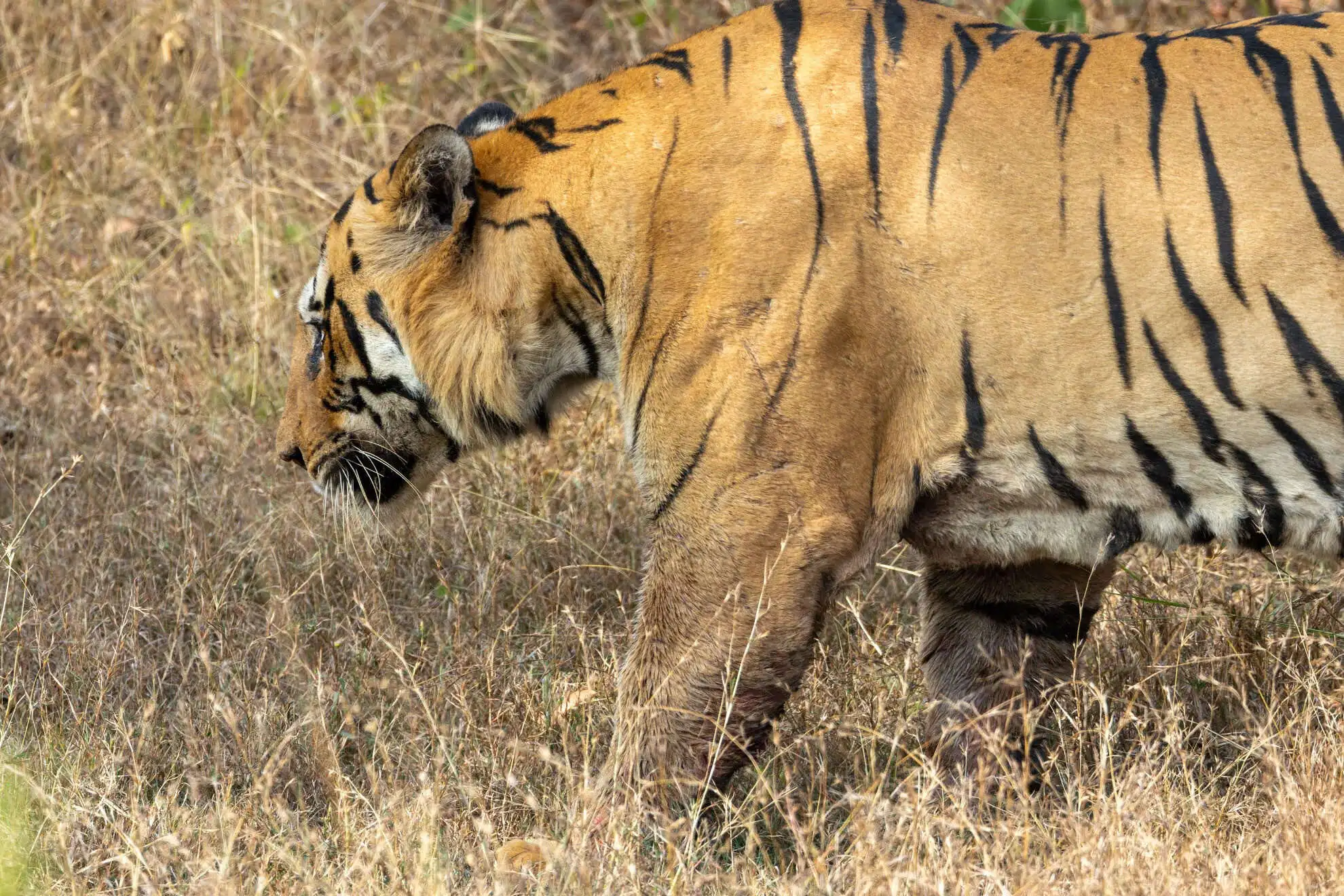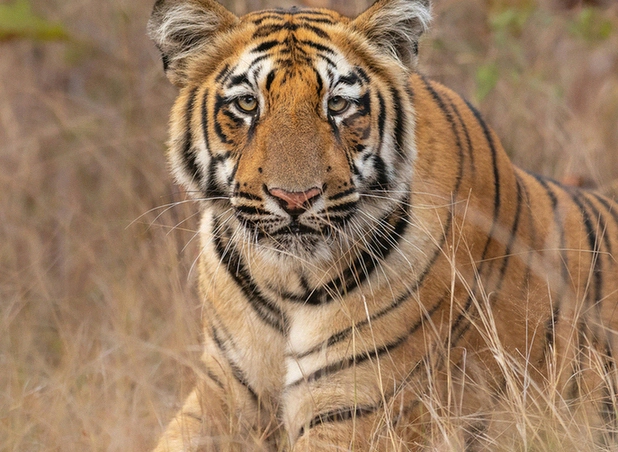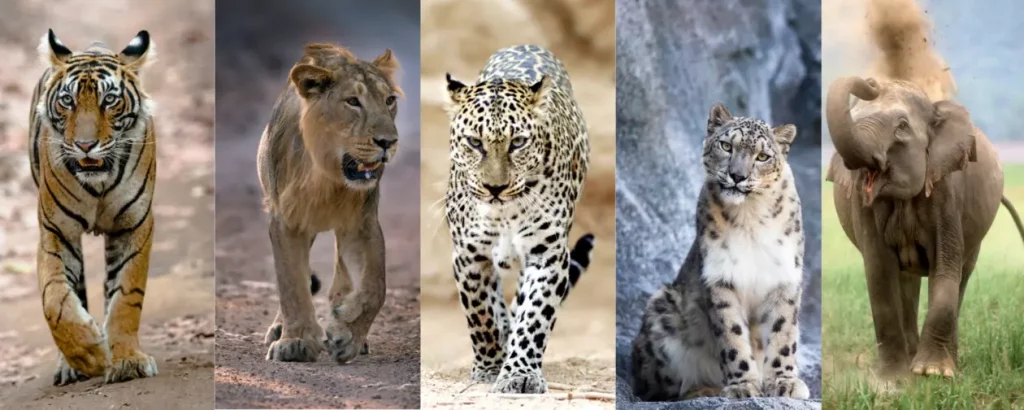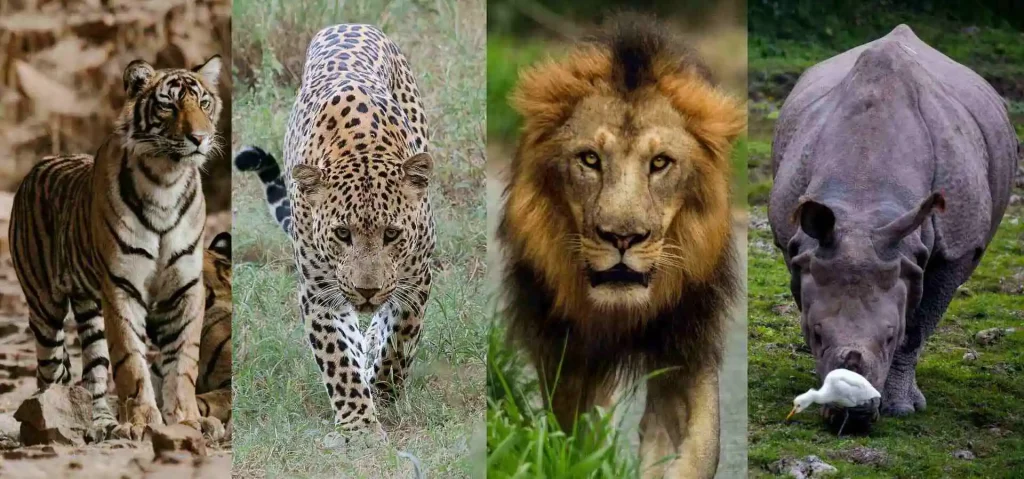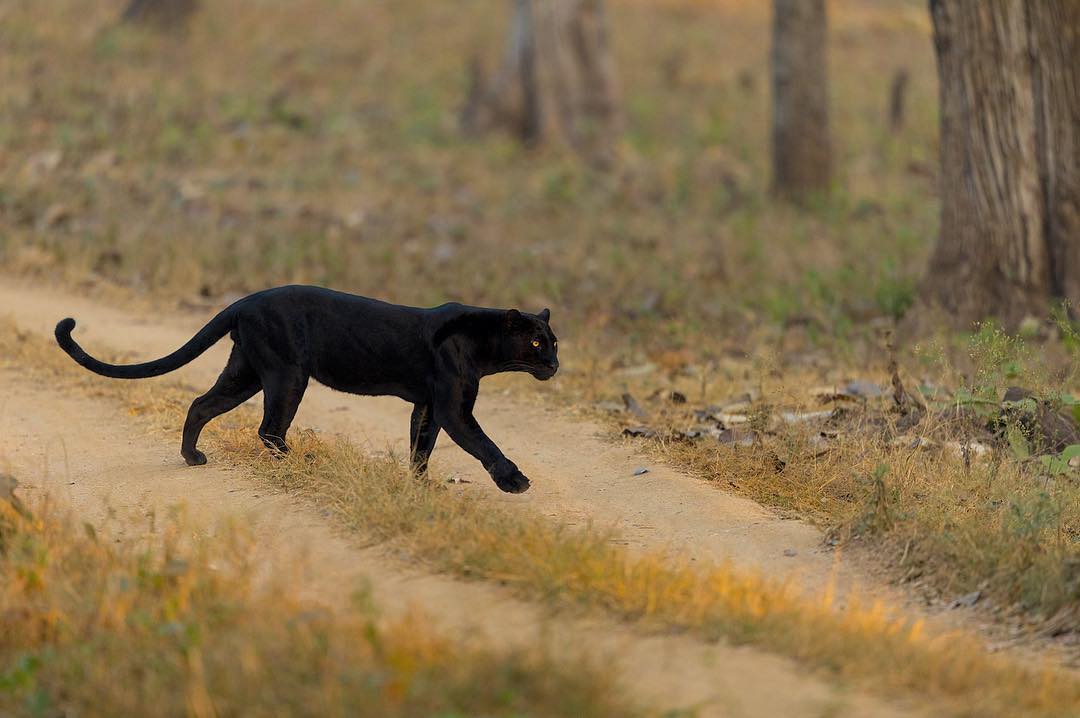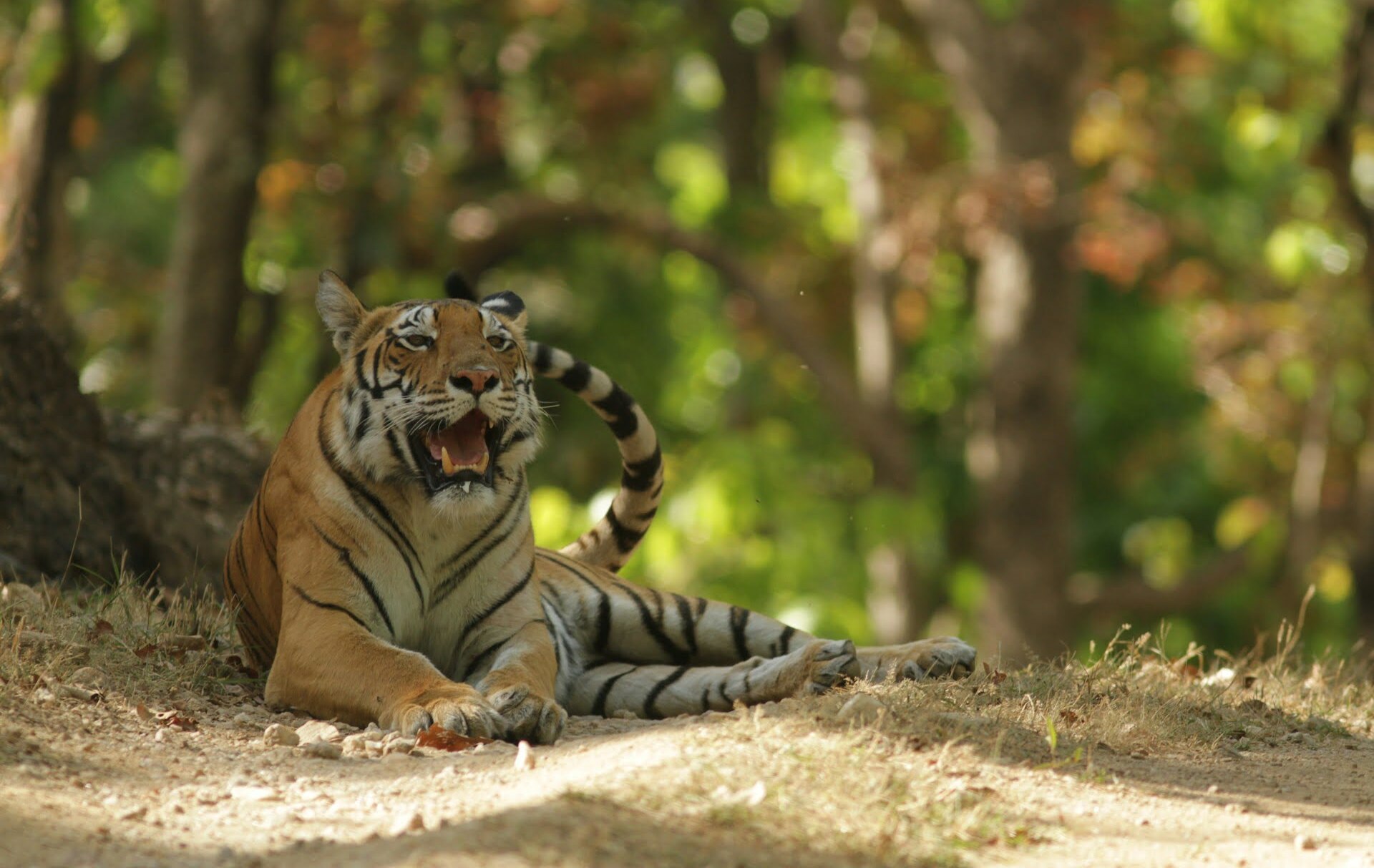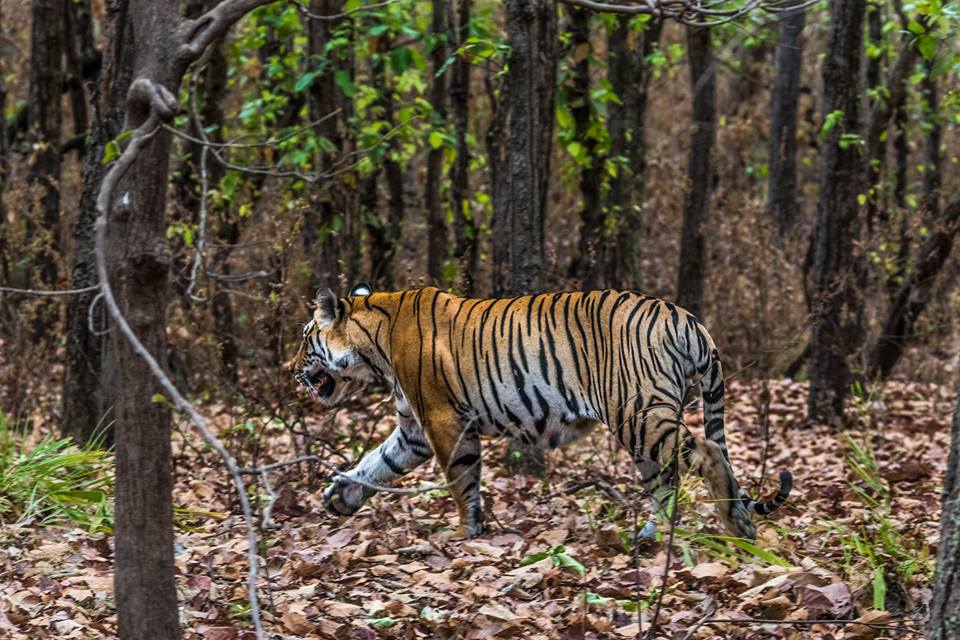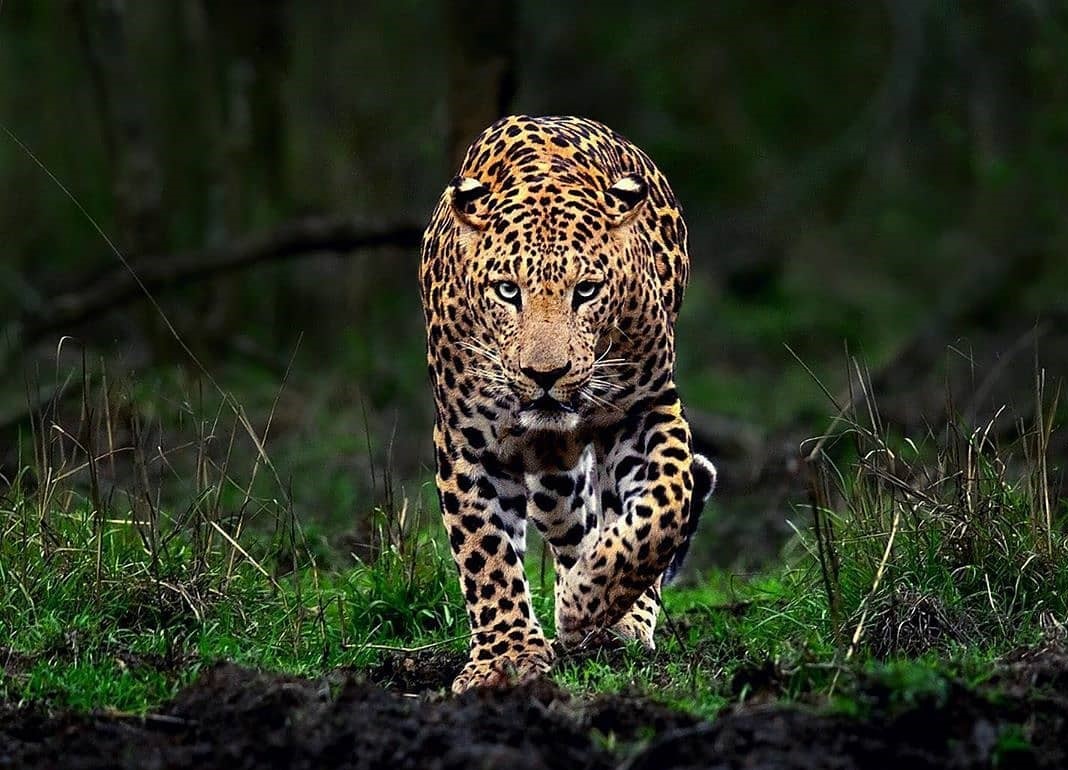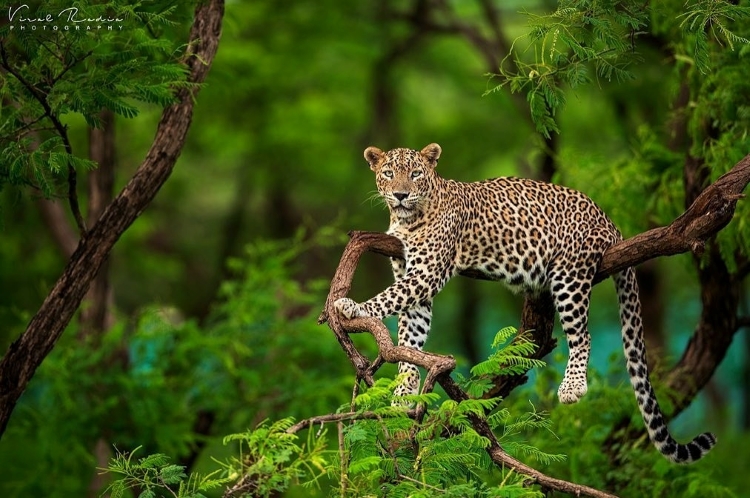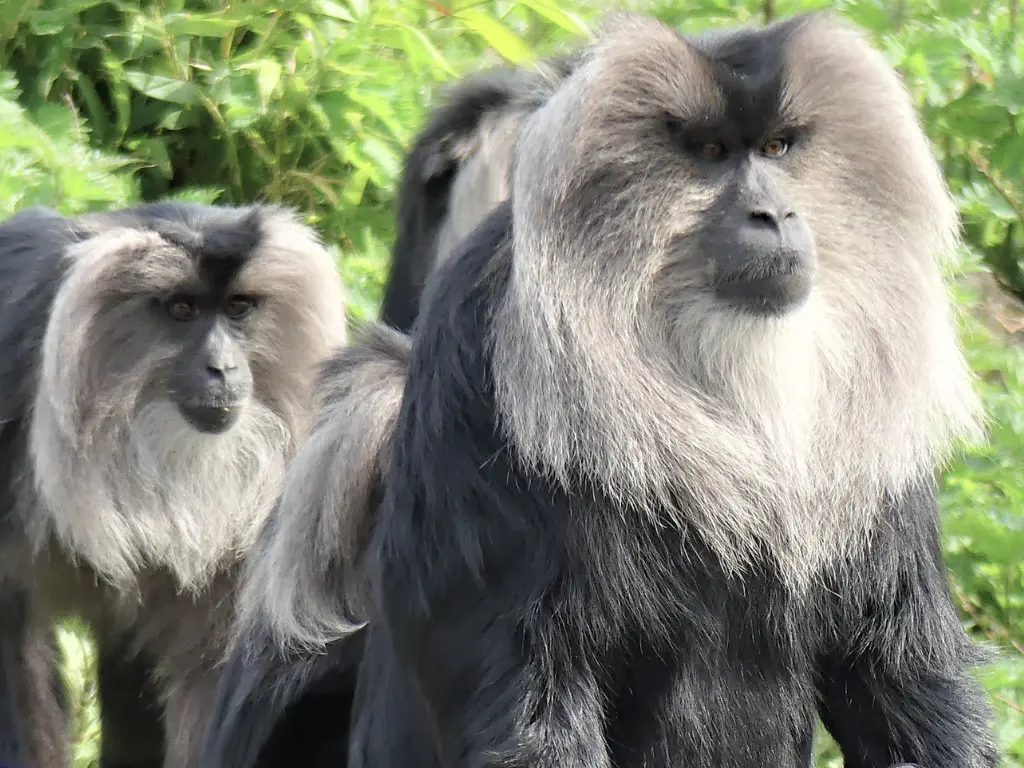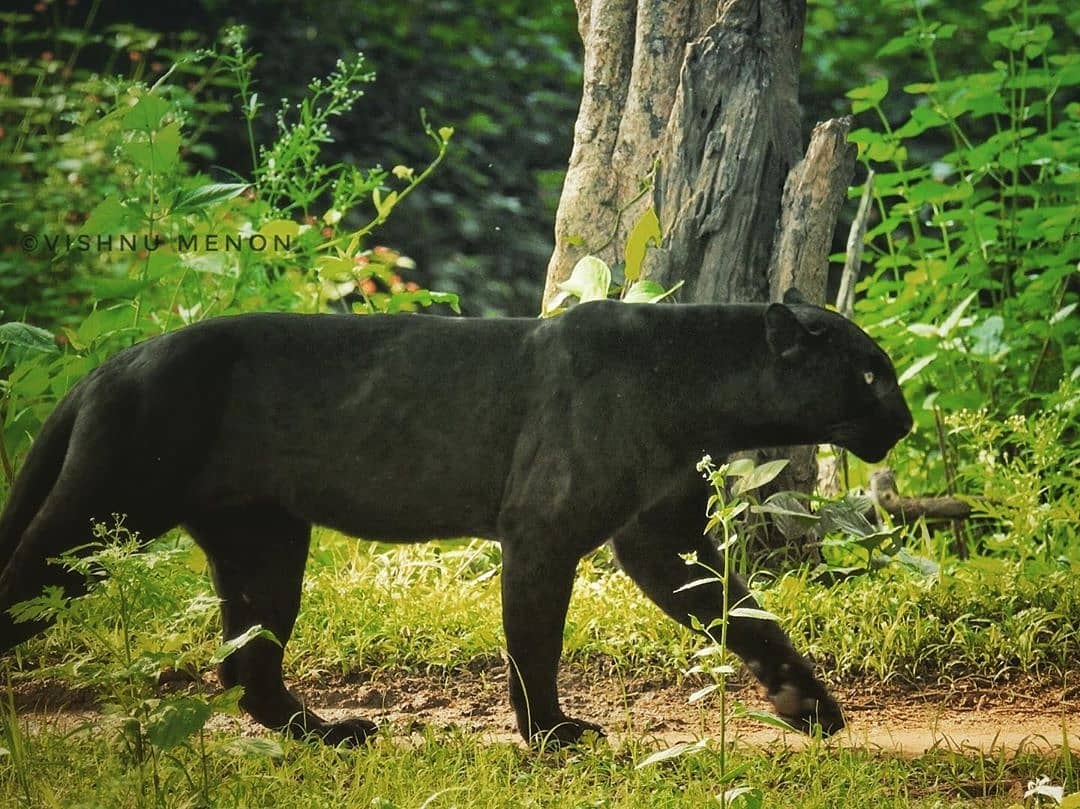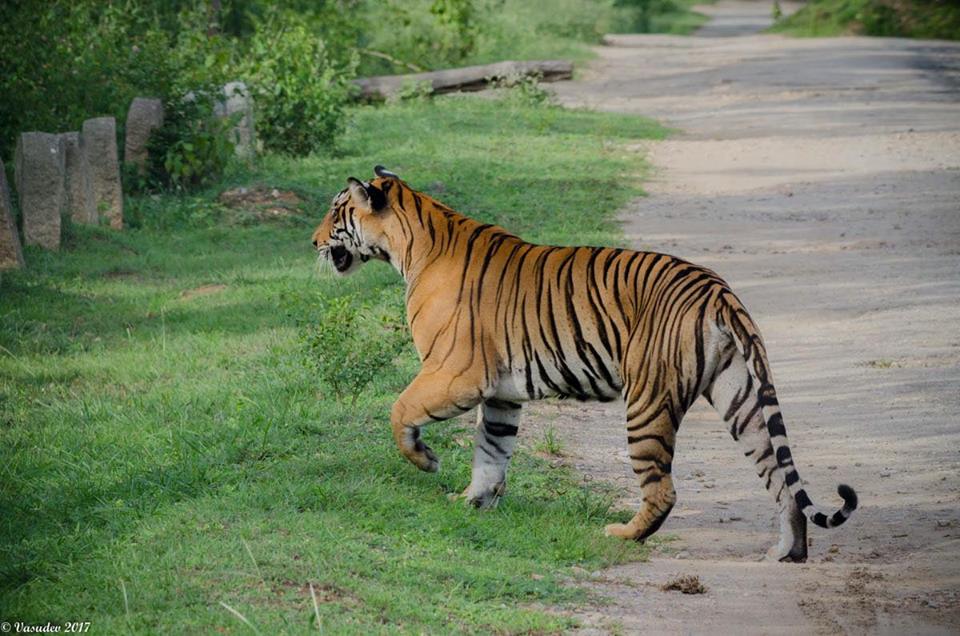Why Indian Summers Are Tough for Birds
Indian summers bring brutal challenges for our feathered friends. With temperatures soaring above 45°C in many regions, birds face extreme survival tests. The scorching heat particularly affects birds in dry deciduous forests and open grasslands where shade becomes precious and water sources quickly evaporate.
During peak summer months, you’ll notice dramatic changes in bird behavior during safari drives. The usually vocal jungle falls eerily quiet during midday hours. Birds that normally flit actively between trees become notably still, conserving every drop of precious energy. Even common species like mynas and doves seek deep shade, their beaks often slightly open as they cope with the blistering heat.
Smart Survival Tactics Used by Birds
Birds have developed remarkable strategies to beat the heat across India’s diverse landscapes.
Shade Seeking: Watch carefully during your summer safaris and you’ll spot birds tucked into the densest foliage available. Owls and nightjars press themselves against tree trunks, blending perfectly with bark while staying in deep shade. Smaller birds like sunbirds and tailorbirds hide under large leaves, creating natural umbrellas against the sun’s direct rays.
Early Morning Activity: Birds dramatically shift their active hours during summer. Dawn chorus starts earlier, often before first light. By 8 AM, most feeding activity winds down as temperatures climb. Evening activity resumes much later, typically after 5 PM when the worst heat has passed. Safari-goers benefit from this pattern – early morning drives offer spectacular bird activity during summer months.
Water Conservation: Birds reduce unnecessary movements during heat peaks. They perch near water sources rather than making multiple trips, minimizing flight which generates additional body heat. Many species enter a state of reduced activity similar to torpor, where their metabolism slows to conserve water and energy.
Gular Fluttering: Nature’s Own Cooling System
One of the most fascinating cooling adaptations is gular fluttering – a specialized technique birds use to release excess heat. Unlike mammals who cool through sweating, birds have developed this remarkable alternative.
During gular fluttering, birds rapidly vibrate the thin skin of their throat (gular region), increasing evaporation and releasing heat. The birds keep their beaks open while the throat skin vibrates rapidly – sometimes up to 10 times per second! This creates evaporative cooling without significant water loss.
You’ll commonly observe this behavior in larger birds like herons, cormorants, and doves during hot days. In Ranthambhore or Bandhavgarh during summer safaris, watch for painted storks performing this impressive cooling technique beside waterholes. The rapid movement of their throat appears almost mechanical, yet it’s remarkably effective at maintaining safe body temperatures.
Unlike panting in mammals, which can lead to dangerous dehydration, gular fluttering allows birds to cool themselves while minimizing water loss – crucial in India’s dry summer landscapes.
Feather Fluffing and Sunbathing
Birds also adjust the position of their feathers to control airflow and body heat. By fluffing up feathers, they create space for air circulation, which can help in cooling down.
Interestingly, some birds sunbathe even during summer not to get a tan, but to control parasites and maintain healthy feathers. They do it for short periods, carefully managing the exposure so they don’t overheat.
Water birds like cormorants spread their wings after swimming, not just to dry feathers but also to regulate body temperature through controlled sun exposure and air movement.
Adapted Nests and Breeding Delays
Summer heat forces many Indian birds to modify their nesting approaches. Cavity-nesting birds like barbets and woodpeckers seek north-facing tree holes that receive minimal direct sunlight. Open-nest builders like bulbuls construct their nests under dense leaf cover providing natural air conditioning.
Many species shift breeding schedules entirely to avoid raising young during peak heat. While winter visitors have departed for cooler northern latitudes, resident birds like white-rumped vultures and Indian skimmers often delay breeding until the post-summer monsoon arrives, when insects become abundant and temperatures moderate.
In extreme heat regions like Rajasthan’s desert parks, some ground-nesting birds like larks build specially designed nests with small “awnings” of twigs that create shade for vulnerable eggs and chicks.
How We Can Help Birds Beat the Heat
If you live near a forest edge, a park, or even in a city, you can help birds survive summer stress:
- Place shallow bowls of clean water on rooftops or balconies.
- Avoid using pesticides in your garden—these harm the insects that birds rely on for food.
- Plant native trees or shrubs that offer shade and attract birds.
- Don’t disturb nesting birds, especially in the peak summer months.
Even small acts of kindness can go a long way in helping our feathered friends stay cool and safe during the scorching heat.
India’s birds showcase remarkable heat-survival skills through adaptations like gular fluttering, shade-seeking, and activity timing. These time-tested strategies face growing threats as climate change intensifies heatwaves and development reduces natural refuges. During your summer safaris, notice the quiet resilience of these feathered survivors. Their ingenious cooling methods reveal nature’s delicate balance and remind us why preserving wild spaces matters. By understanding these adaptations, we develop deeper appreciation for the wilderness that sustains them—and ultimately, us.


